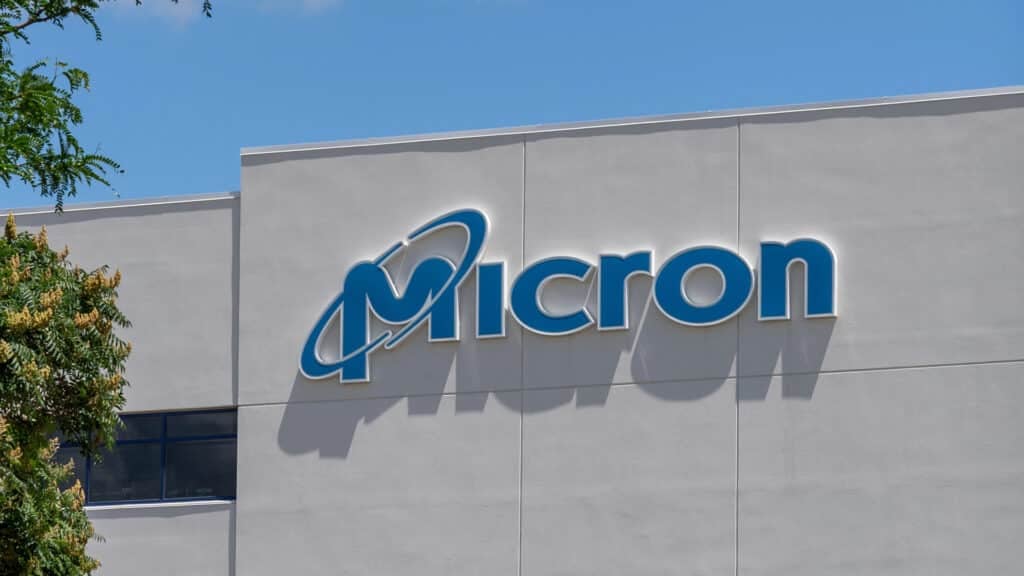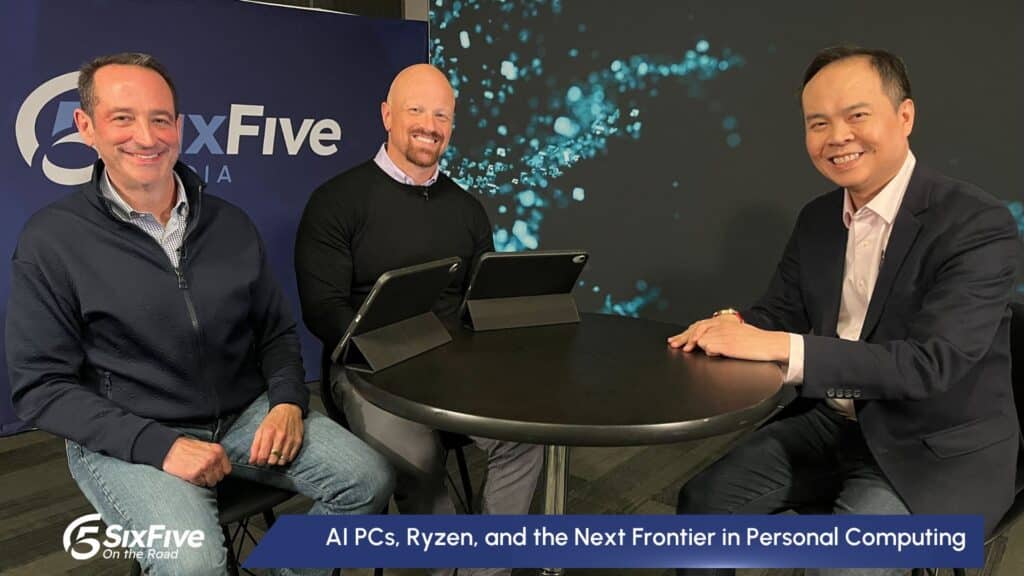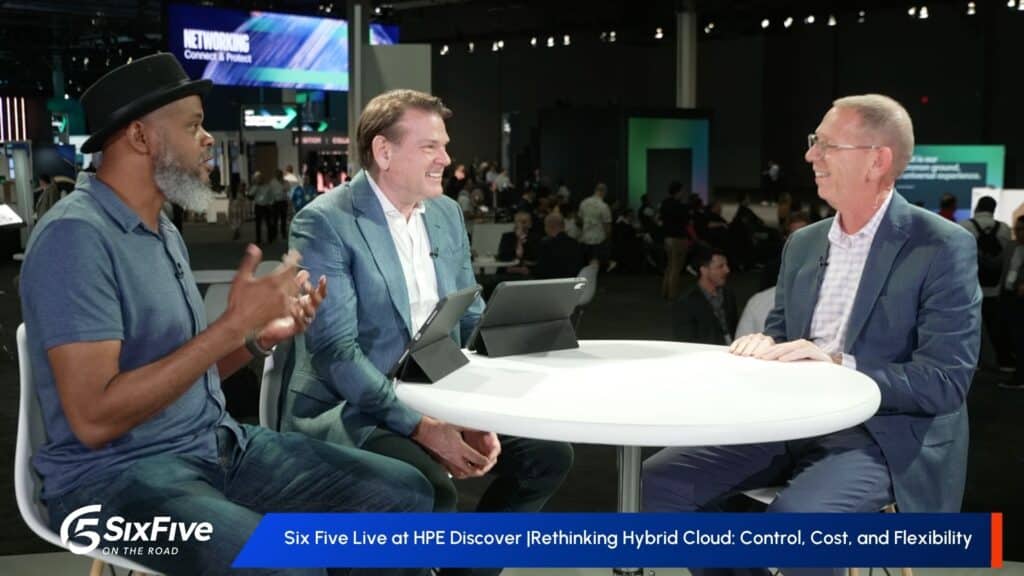Analyst(s): Steven Dickens
Publication Date: October 21, 2024
Microsoft, Amazon, and Google have announced their plans to pivot to nuclear power, specifically Small Modular Reactors (SMRs), to diversify their energy portfolios and handle the burgeoning demands of AI. SMRs promise reliable, carbon-free energy to meet rising demands, particularly for AI workloads. Their investments signal a broader shift toward innovative, sustainable energy solutions and a reversal of a move away from nuclear energy.
What is Covered in this Article:
- Microsoft, Amazon, and Google’s recent nuclear energy announcements involving Small Modular Reactors (SMRs).
- The role of nuclear energy in meeting the rising energy demands for data centers, specifically AI workloads.
- How do these investments align with both companies’ broader ESG goals and net-zero strategies.
- The economic and local community impact of these nuclear projects, specifically job creation and local development.
- The implications of Cloud provider corporate investment in nuclear energy for the broader energy sector.
The News: Google has partnered with Kairos Power to develop multiple Small Modular Reactors (SMRs), aiming to deliver 500 MW of carbon-free power by 2035 as part of its 24/7 clean energy initiative. AWS has signed agreements with Energy Northwest, X-energy, and Dominion Energy to support the development of advanced SMRs in Washington and Virginia, helping meet its goal of achieving net-zero carbon operations by 2040.
Could Nuclear Power Be the Surprising Key to Cloud Energy Needs?
Analyst Take: The stigma around Nuclear power that has been the prevailing viewpoint for the last 45 years has all but dissipated in the last 6 months. AI has played a key role in this change of opinion. Against this backdrop, the recent nuclear energy agreements by Amazon and Google underscore a critical moment in the broader push toward carbon-free energy sources. Both companies are now turning to Small Modular Reactors (SMRs) to meet the increasing energy demands of their global datacenter operations. These announcements provide a glimpse into how hyperscalers are exploring advanced nuclear technologies as part of a more comprehensive strategy for decarbonization, alongside renewables such as wind and solar.
Amazon’s announcement this week involves agreements with Energy Northwest, X-energy, and Dominion Energy to develop multiple SMR projects in Washington and Virginia. These reactors will generate carbon-free power for Amazon’s facilities, addressing its net-zero goals by 2040. On the other hand, Google has partnered with Kairos Power to develop SMRs that could provide up to 500 MW of power by 2035, complementing its use of other renewable energy sources. Both announcements suggest that nuclear energy is becoming a strategic asset for companies aiming to decarbonize their operations, while also preparing for future energy demands driven by artificial intelligence (AI) and other emerging technologies.
Why Nuclear Energy is Critical Now
One of the most striking elements of these announcements is the shift toward nuclear as a complement to intermittent renewable energy sources. While solar and wind are now common, they aren’t always reliable. SMRs provide the “always-on” capacity to stabilize the grid, especially when renewable generation is low. SMRs also use less land than wind and solar farms, offering a scalable, cost-effective solution for reliable, carbon-free energy near data centers, reducing transmission losses. Additionally, SMRs have improved safety features, with passive systems that require less human intervention, addressing public safety concerns.
But the more pressing need driving the demand for more power is AI. According to forecasts from Futurum Intelligence, GPU revenue is projected to grow at a 29.9% CAGR over the next five years, reaching $103 billion by 2028. Starting from $27.7 billion in 2023, revenue is expected to rise to $41.5 billion in 2024 (49.6% growth), $54.7 billion in 2025 (31.8%), and $72.7 billion in 2026 (33.0%), eventually slowing to 16.2% by 2028. North America will lead this growth, with a projected 29.4% CAGR, while Latin America is expected to lag behind at 21.0%.
Meeting Future Energy Needs
AI is a significant driver behind both Amazon’s and Google’s nuclear investments, and you could argue the primary driver. As the energy consumption of AI models grows, especially those requiring large-scale data processing, hyperscalers such as AWS and Google Cloud need to secure new, sustainable energy sources at scale. Nuclear’s ability to provide consistent, high-output power is a strong fit for such energy-intensive workloads. In this context, both Amazon and Google are positioning themselves to ensure that their future AI workloads are not only efficient, but also sustainable.
These agreements with nuclear developers also reflect the increasing importance of diversified energy portfolios. For Amazon, it means not being wholly reliant on solar and wind power, whose output can fluctuate. For Google, it complements its existing renewable initiatives, such as enhanced geothermal projects. Both companies recognize that future energy needs, driven by exponential AI and cloud computing growth, will require a diverse range of carbon-free technologies.
Economic and Community Impact
Amazon and Google are positioning their nuclear investments not just as steps toward sustainability but also as crucial drivers of economic revitalization in the regions where these reactors will be developed. For example, Amazon’s partnership with Energy Northwest is projected to generate up to 1,000 construction jobs and over 100 permanent roles once operational, while Google’s collaboration with Kairos Power is expected to have a similar economic impact. The U.S. Department of Energy estimates that scaling advanced nuclear capacity will require an additional 375,000 workers by 2050, highlighting the broader economic potential of these initiatives. These projects could offer long-term economic stability to regions that have historically relied on carbon-heavy industries, driving the development of technical skills and fostering high-tech sectors. Beyond job creation, these investments align corporate sustainability with regional development, representing a sophisticated approach to corporate social responsibility (CSR). However, challenges remain, as nuclear energy is still divisive. Safety concerns, waste disposal, and complex regulations cannot be ignored. SMRs are designed to mitigate some of these issues, but public skepticism and local opposition persist, potentially derailing progress. To succeed, companies will need to engage with local communities to navigate these regulatory, environmental, and social challenges, ensuring that public perception doesn’t hinder their ambitious plans.
Strategic Implications for the Energy Sector
The broader strategic implications of these nuclear energy agreements extend beyond just Microsoft, Amazon, and Google. They highlight a shift in the corporate world toward a more diversified approach to achieving net-zero carbon goals. By investing in nuclear energy, these companies are not just securing a reliable source of power for their operations but also signaling the market that nuclear energy can be a viable, scalable solution for large energy consumers.
The involvement of large technology companies in nuclear energy development could also accelerate innovation in this space. With their substantial capital and technological expertise, companies such as Amazon and Google can help drive down the costs of SMRs, making them more accessible to other businesses and potentially speeding up their commercialization.
This move also places pressure on other large energy consumers to consider nuclear as part of their own decarbonization strategies. As more companies aim for 100% carbon-free energy, the demand for reliable, scalable sources such as nuclear will likely increase, pushing further investment into this area.
Conclusion
Amazon’s and Google’s nuclear energy agreements are pivotal in the evolution of corporate sustainability strategies, and come hot on the heels of moves by Microsoft. These moves demonstrate that while renewables remain a critical part of the clean energy mix, advanced nuclear technologies such as SMRs offer a complementary solution that addresses some of the limitations of wind and solar. By investing in nuclear sources, these hyperscalers are preparing for a future where energy demand will continue to rise, driven by AI, all while maintaining their commitments to carbon-free energy. Moreover, these initiatives underscore the potential economic benefits that nuclear energy can bring to local communities, creating a sustainable and resilient future for both the energy sector and the workforce.
What to Watch:
- Competitors’ Responses – As Microsoft, Amazon, and Google advance in nuclear energy, watch for how competitors such as Oracle and Alibaba respond. Also look out for moves from Equinix and Digital Realty as they possibly explore nuclear or alternative energy technologies to meet AI and data center demands.
- Technology Developments in SMRs – The pace of SMR commercialization will depend on technological advancements in reactor designs, safety, and waste management, with any setbacks potentially limiting adoption.
- Regulatory and Political Landscape – Changes in nuclear energy regulations, political support, and public sentiment could significantly impact the progress of SMR projects, either accelerating or derailing deployment timelines.
- Market Demand for Carbon-Free Energy – Growing pressure on enterprises to decarbonize, driven by AI and cloud computing growth, will likely increase demand for reliable carbon-free energy, with SMRs emerging as a key option for large-scale energy consumers.
- Enterprise Preferences and Sustainability Goals – The trajectory of nuclear energy adoption by hyperscalers may be shaped by enterprise preferences for energy diversification, balancing SMRs with wind, solar, and other sustainable technologies to meet their carbon-neutral targets.
See the announcements from Google and AWS by clicking on these links.
Disclosure: The Futurum Group is a research and advisory firm that engages or has engaged in research, analysis, and advisory services with many technology companies, including those mentioned in this article. The author does not hold any equity positions with any company mentioned in this article.
Analysis and opinions expressed herein are specific to the analyst individually and data and other information that might have been provided for validation, not those of The Futurum Group as a whole.
Other Insights from The Futurum Group:
AWS’s £8 Billion UK Investment: A Strategic Move Amid Sovereign Cloud Growth
Google Cloud – Q2 Earnings Deep Dive
Author Information
Steven engages with the world’s largest technology brands to explore new operating models and how they drive innovation and competitive edge.





